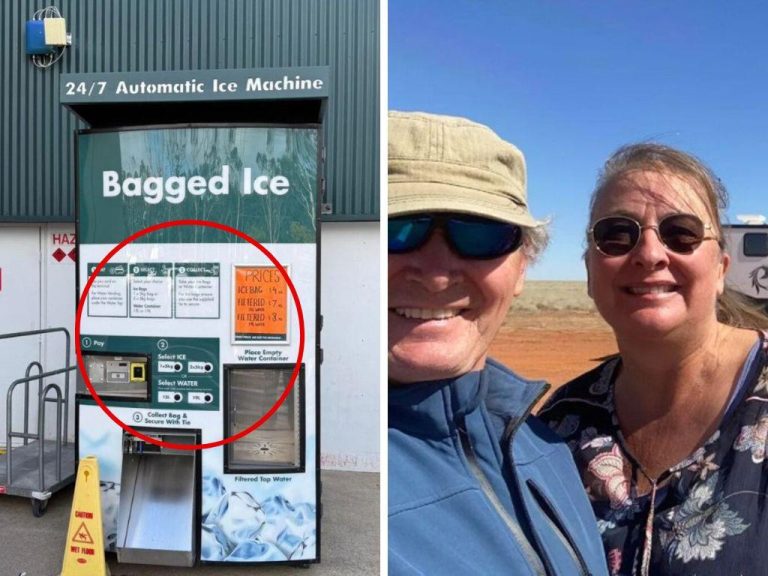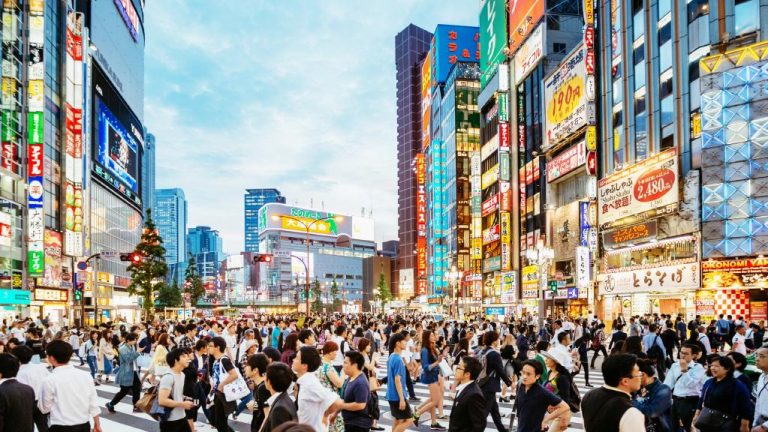How the humble op shop became a billion dollar industry
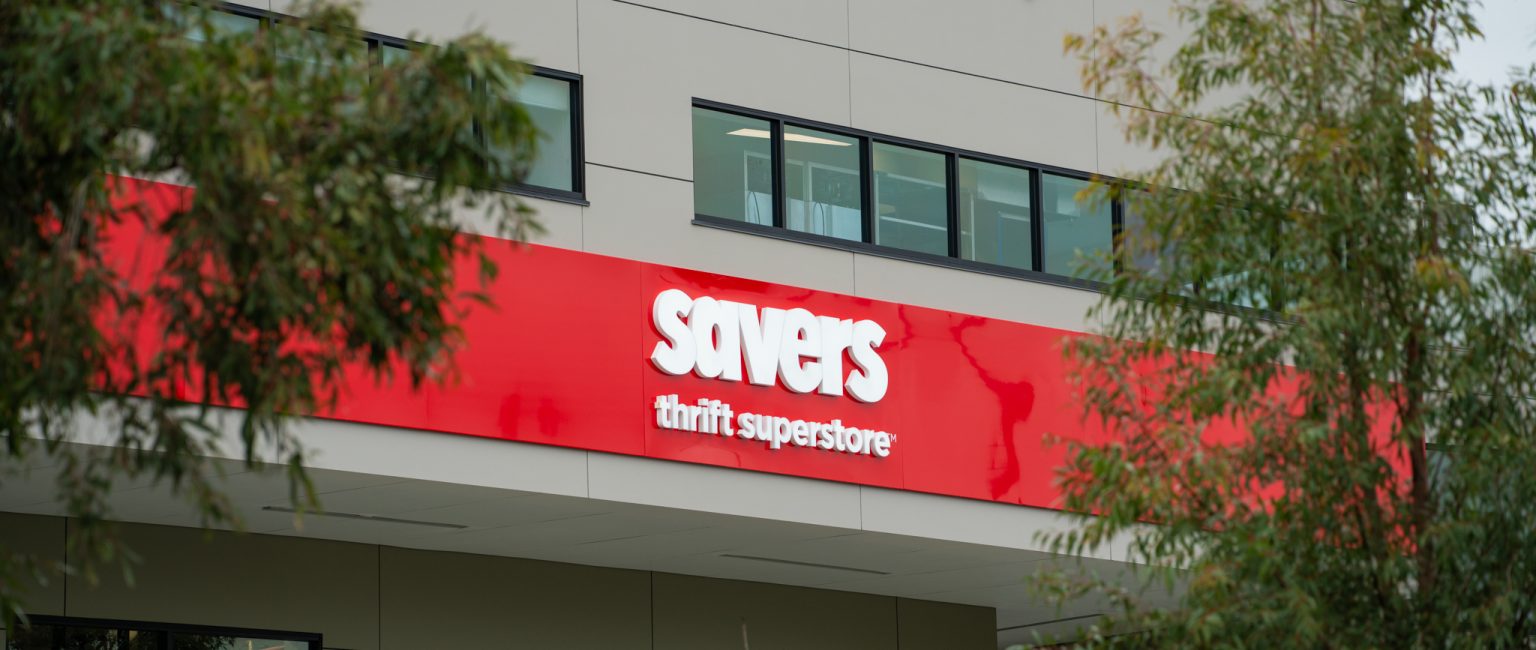
The appetite for thrift shopping in Australia is on the rise; and the arrival of two Savers megastores in Sydney is proof that consumer demands have driven second-hand items into the mainstream.
It’s all thanks to a cost-of-living crunch which is changing the way we shop, as is a desire to be circular about our fashion choices, with sustainability playing a huge part in our decision making.
According to managing director at Savers Australia, Michael Fisher, opening their first store in Hoxton Park a year ago has proved a lucrative move for the US retailer – which was founded in 1954 and only came to market here in the 1990s.
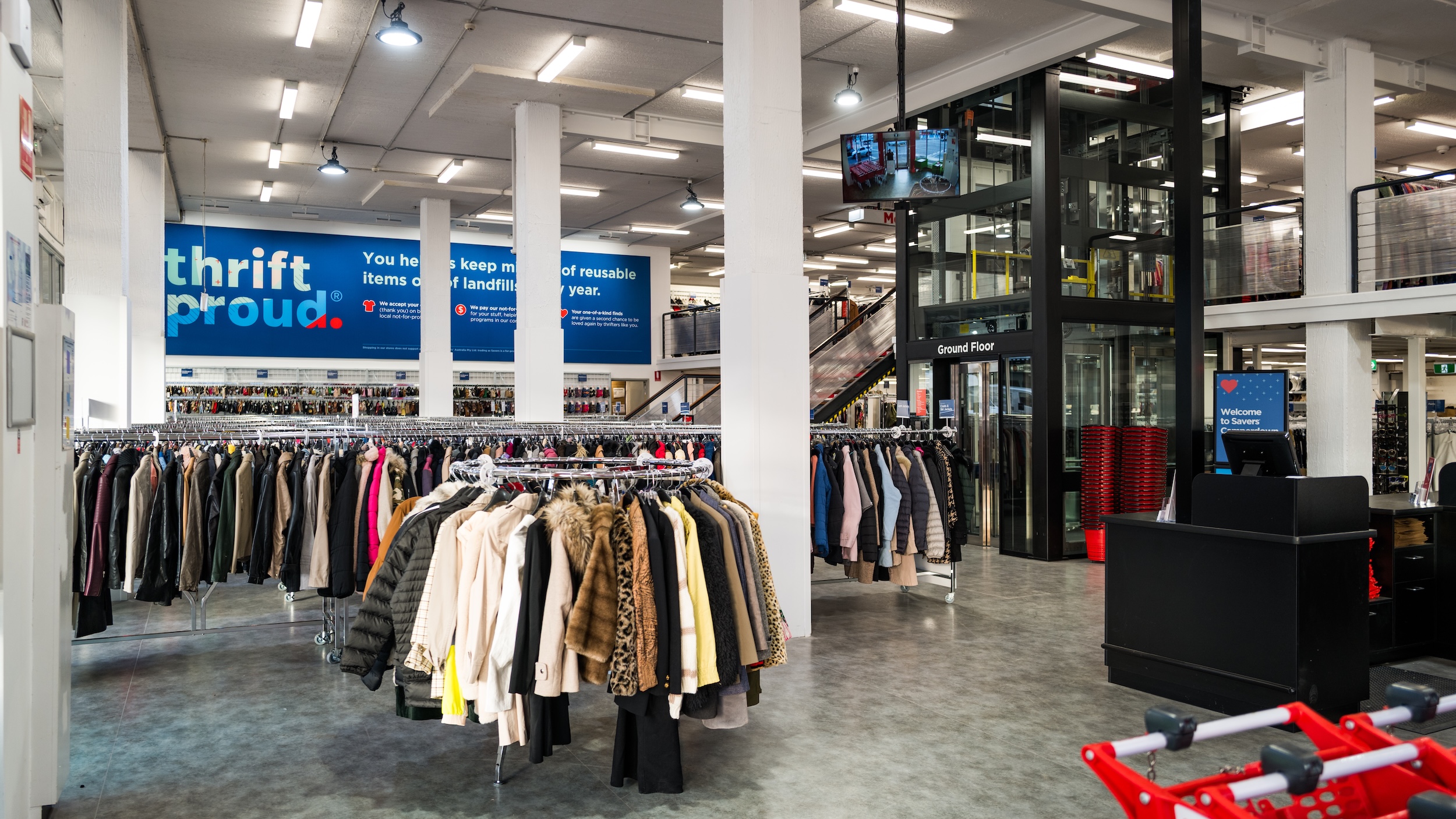
American thrift megastore Savers is expanding its Australian footprint. Picture: Supplied
They’ve become the go-to for pre-loved clothing and home items; and looking to expand their retail footprint in Australia. The first Savers store opened in Brunswick, Melbourne in 1997 and it’s still going strong.
“Australians are actively seeking more affordable and sustainable ways to shop, and Savers meets that demand at scale, with quality and accessibility,” Mr Fisher told realcommercial.com.au.
“Our retail expansion reflects that momentum. From our Hoxton Park Thrift Superstore to our boutique offering on Oxford Street [in Paddington], and now our recently opened Camperdown and Marsden Park stores, we’ve been deliberate about selecting locations that bring second-hand shopping to the forefront of retail,” he said.
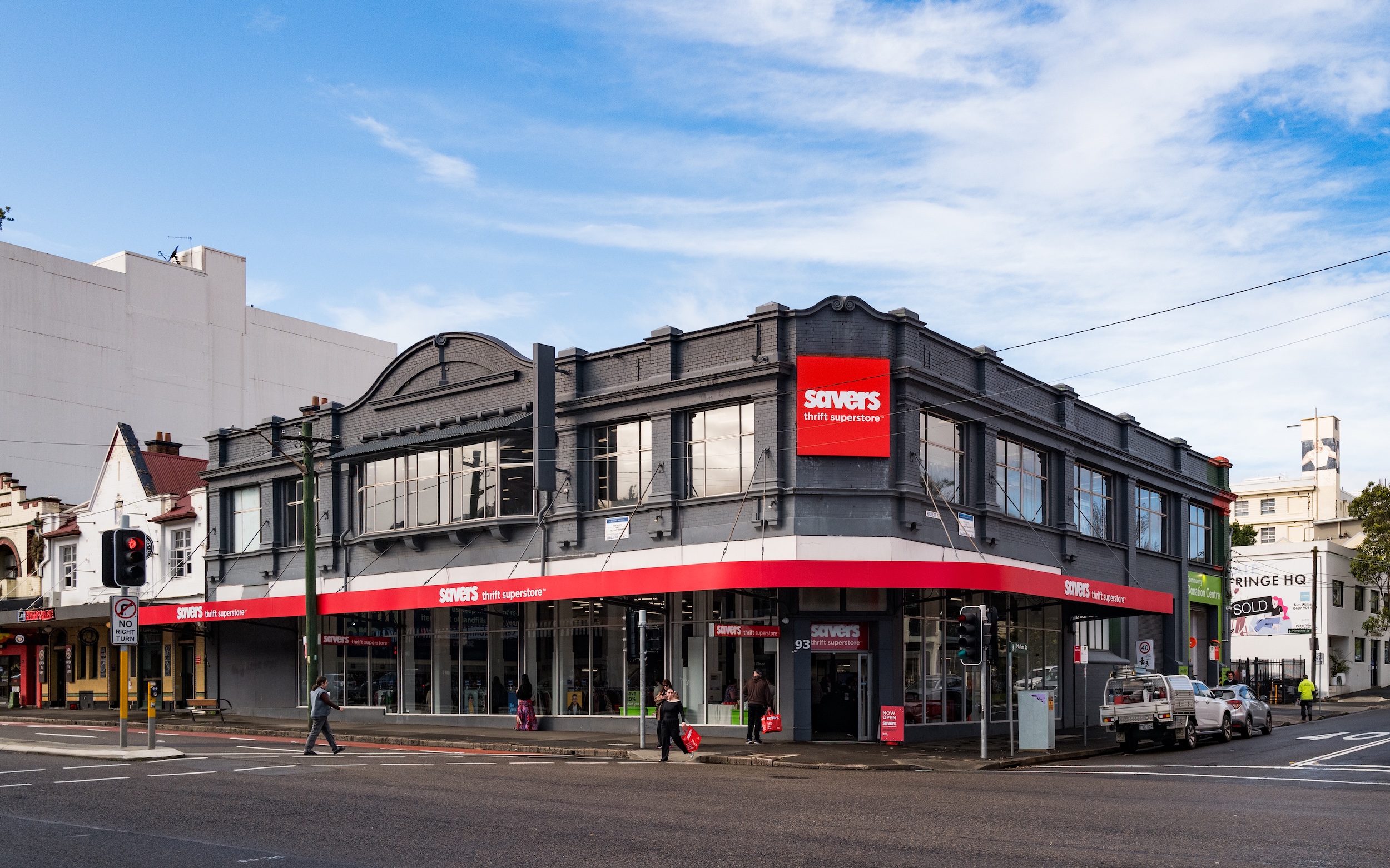
The new Savers superstore in Sydney’s Camperdown opened on 31 July. Picture: Supplied
When it comes to identifying new commercial sites to lease, Savers looks for a balance of high foot traffic, strong visibility, and access to diverse communities.
“This ensures Savers isn’t just present, but truly embedded in vibrant retail corridors where we can make sustainable and affordable shopping more accessible for Australians,” Mr Fisher said.
These megastores are hard to miss. Once inside a megastore you’ll be greeted with aisle after aisle of curated second-hand items from clothing to homewares – sorted according to size and style needs. This is where coats, skirts, dresses, shirts, bedding and homeware plus children’s clothing are easy to recognise and look through to save you time as you thrift.
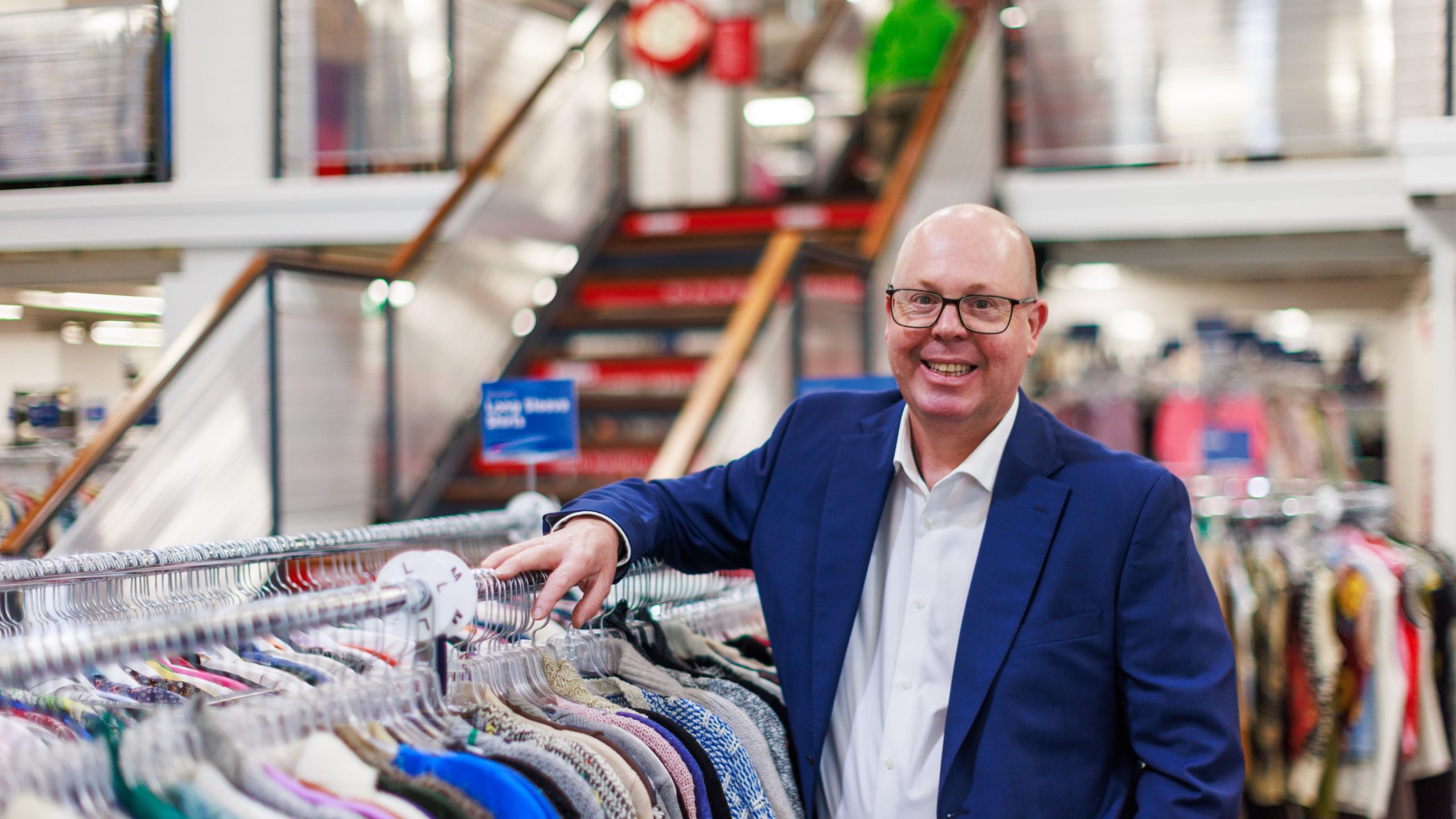
Savers Australia managing director Michael Fisher. Picture: Supplied
According to Fisher, there’s been a huge shift in the way Australians shop for second-hand – and in the last 10 years it’s moved into the mainstream. It’s no longer the needy and those struggling financially heading to the op shop for essentials; it’s all walks of life scouring the racks to find a bargain.
“42% of Australians say they shop second-hand for the treasure-hunting experience – and younger shoppers, especially Gen Z, are embracing thrift as a way to express individuality and creativity through one-of-a-kind finds,” he said.
Second-hand online Australian retailer Reluv conducted a study in 2021 looking at the shopping habits of thrifters. It found 72% of Australians had purchased a second-hand item in that year, with 52% buying from op-shops like Vinnies and the Salvation Army. A further 33% had used online platforms and 15% of consumers headed to dedicated vintage and weekend markets for second hand finds.
While thrift shopping is where price conscious-consumers head for cheaper alternatives when on the high street, it’s the demand for clothing trends from the ‘70s, ‘80s and now ‘90s that has seen some garments fetch more than they might have 10 years ago.
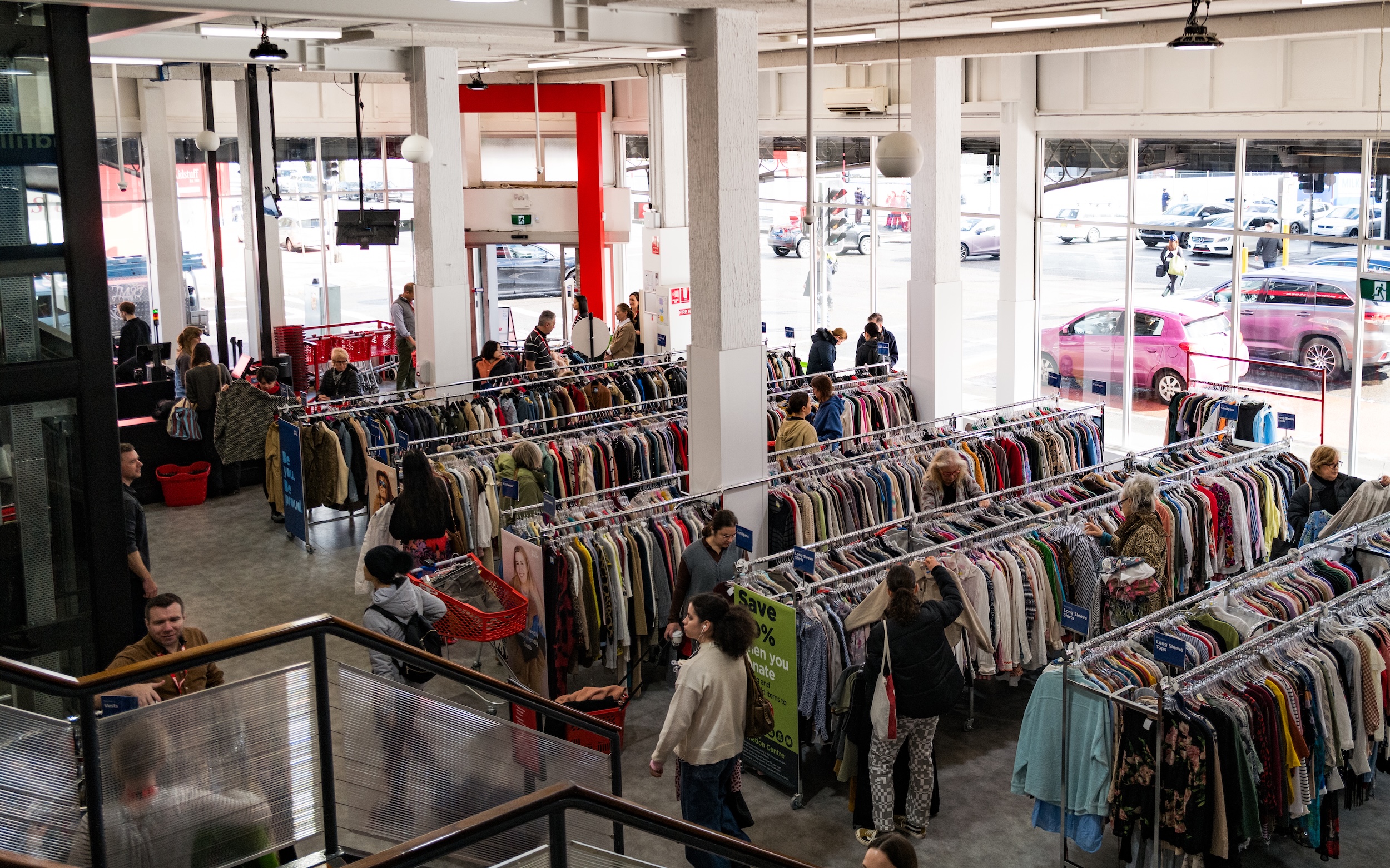
Thrifting has become mainstream, with 42% of Aussies shopping second-hand for the treasure-hunting experience. Picture: Supplied
Australia’s op shopping past began way back in the 1890s as a global depression forced many into poverty. In 2025, they certainly look and feel different now; curated like a fashion store, some colour co-ordinated, displayed according to trends and many now come with a special designer section within.
According to Credence Research data, Australia’s second-hand clothing market will grow from $578 million in 2023 to $1.6 million by 2032, maintaining an 11.88% compound annual growth rate from 2024 to 2032.
If this is a sign of what’s to come, there’ll be no slowing down for thrift shopping.
Australian fashion designer Estelle Michaelides runs her own independent fashion label Saint Stella M. She’s the first to admit she still likes to thrift shop.
“Even though I’m a designer, there’s something so satisfying about thrift shopping,” Ms Michaelides said.
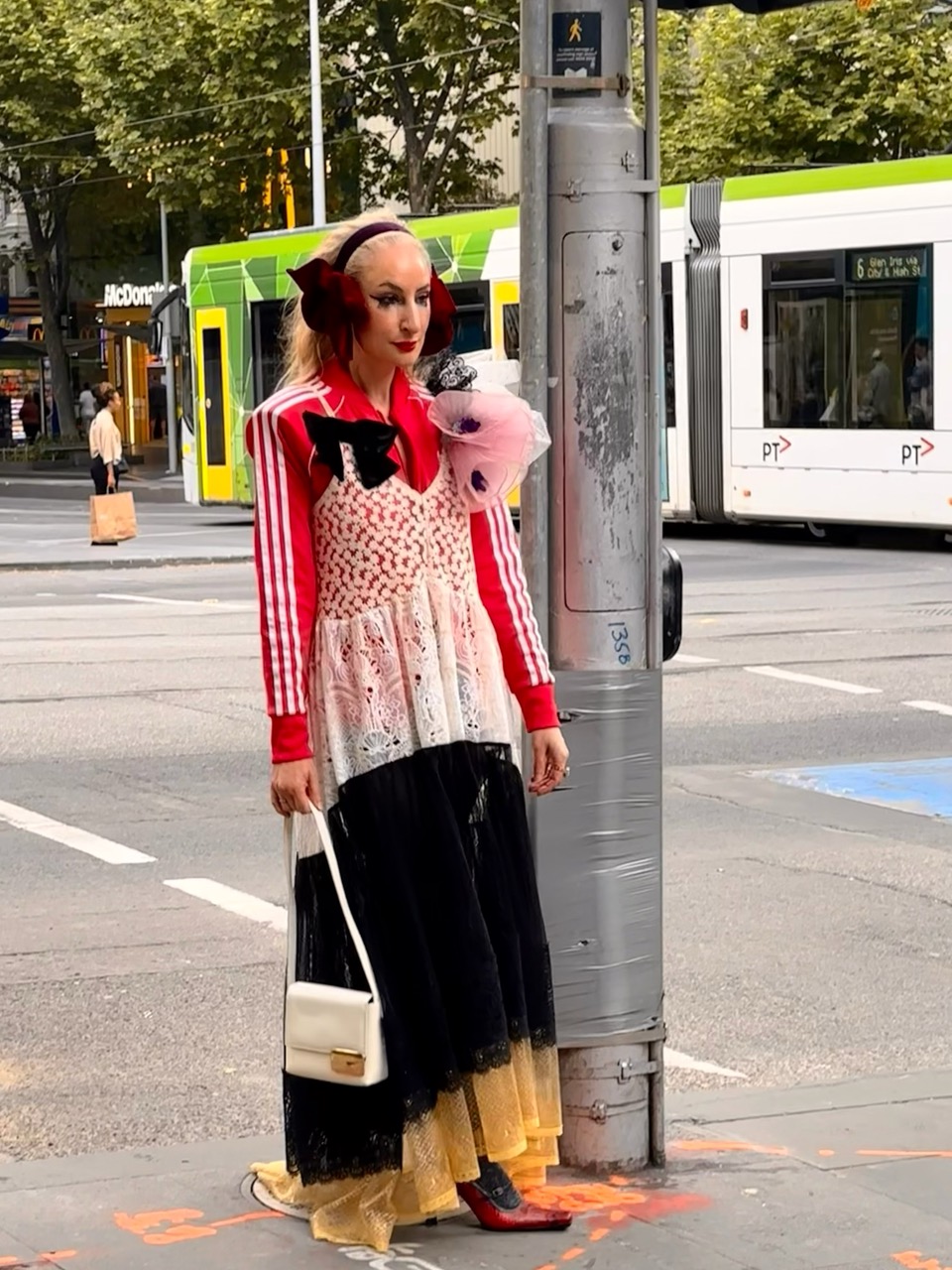
Australian fashion designer Estelle Michaelides loves to shop second hand. Picture: Supplied
“I get a buzz of excitement when I step into a thrift store utterly consumed by that eager anticipation of what I might discover.
“Maybe it’s just innate in us as humans to be hunters, and thrift shopping is the new age fashion version of hunting. We have the same visceral response when we’ve found something we love,” she said.
Based in the outer eastern suburbs of Melbourne, she says you can still find a bargain if you take the time to look at your local op-shop.
The desire for thrifting goes hand-in-hand with sustainability – and consumers are looking at new ways to be smarter when it comes to wearing fashion.
Even Ms Michaelides designs her collections with longevity in mind; she’s not defined by fast fashion cycles; hers is a world where craftsmanship, quality and creativity are the driving forces.
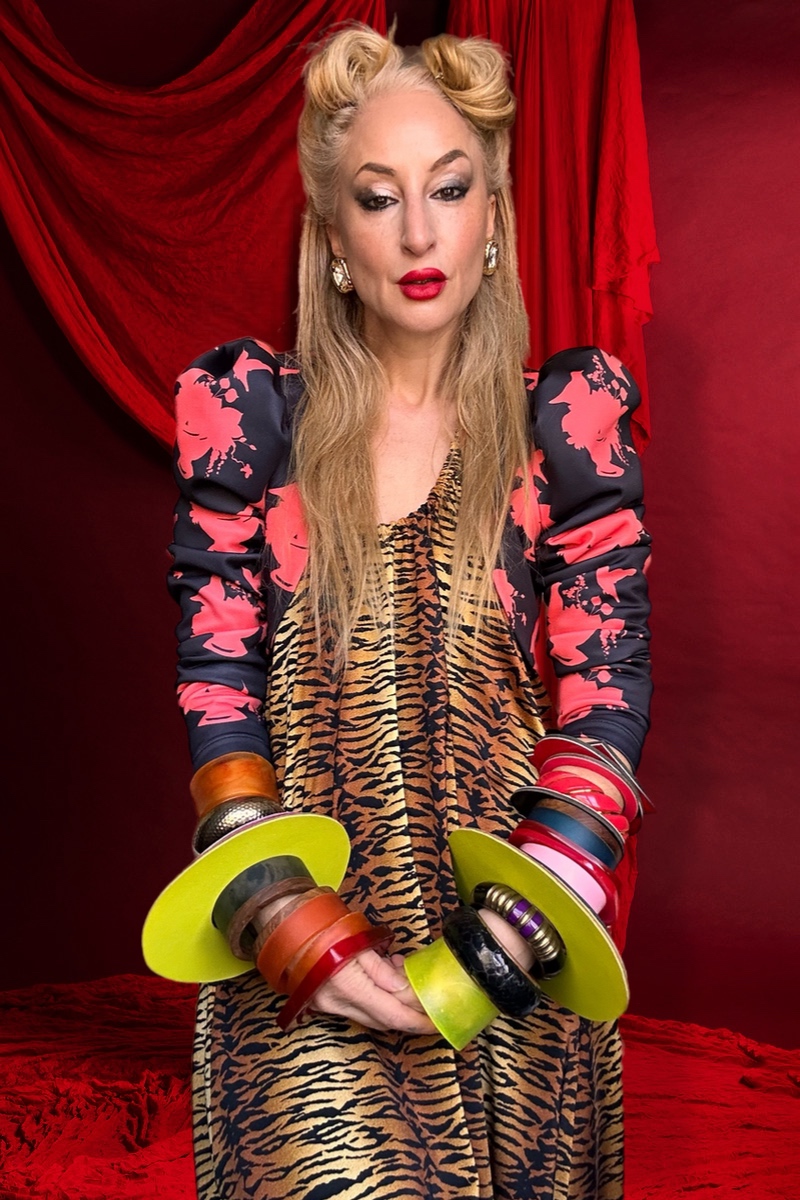
Ms Michaelides often fuses her own label with vintage finds. Picture: Supplied
Fashion forecasting points to a revival in ‘90s grunge right now, which means thrift shops will become a go-to in the bid to unearth these pieces from the past.
“Thrift prices will rise to match this,” Ms Michaelides explained. “However, in saying that, prices vary depending on regions, and my Savers is still reasonable.”
She’s scored some great finds including a brass/glass coffee table for $6 to a lace gown which she suspects was someone’s wedding gown for $24.
“My weaknesses are men’s vintage blazers and 80’s bangles and Savers hasn’t disappointed on both personal joys,” she said.
Charity thrift stores like Vinnies and the Salvation Army make a concerted effort to keep prices down.

83% of people who enter the front door of a Vinnies purchase something, up from 77% 10 years ago. Picture: realcommercial.com.au/sold
According to Neil Harvey, the Victorian General Manager of Retail at St Vincent’s de Paul Society, in the last 10 years our love of op-shopping has gone up from 77% to 83% of people who enter the front doors to purchase something.
“We have experienced a period of growth in our industry that is largely driven by young people who love what we have to offer and want to be part of the circular economy,” Mr Harvey said.
“They also love the ability to get a one-off-pieces to wear which are still in good nick because Aussies are the best launderers in the world,” he added.
In 2023-2024 Vinnies sold 14.6 million items across 650 stores nationwide. Last year that figure rose to nearly 16 million items sold. Vinnies have opened 11 stores across Melbourne alone in the past 12 months- from a new store on Chapel St, Prahran, Melton and even a few pop-up experiments in Docklands, Boronia and Ascot Vale.
“The cost-of-living pressure is going up as are the commercial rates too on properties we try to access,” explained Mr Harvey who is busily looking for new leases to take on in Victoria.
“The landlords tend to pass on their expenses to the renters and it’s getting harder to get the properties we like.
“We are often priced out of the spaces we want to be in. Ultimately, we want to keep going as a charity and have new stores come to market, but the challenge is locating the commercial sites and finding the ones that will be commercially viable. We are after all here to do one thing, and that is to raise money for people in need,” Mr Harvey said.
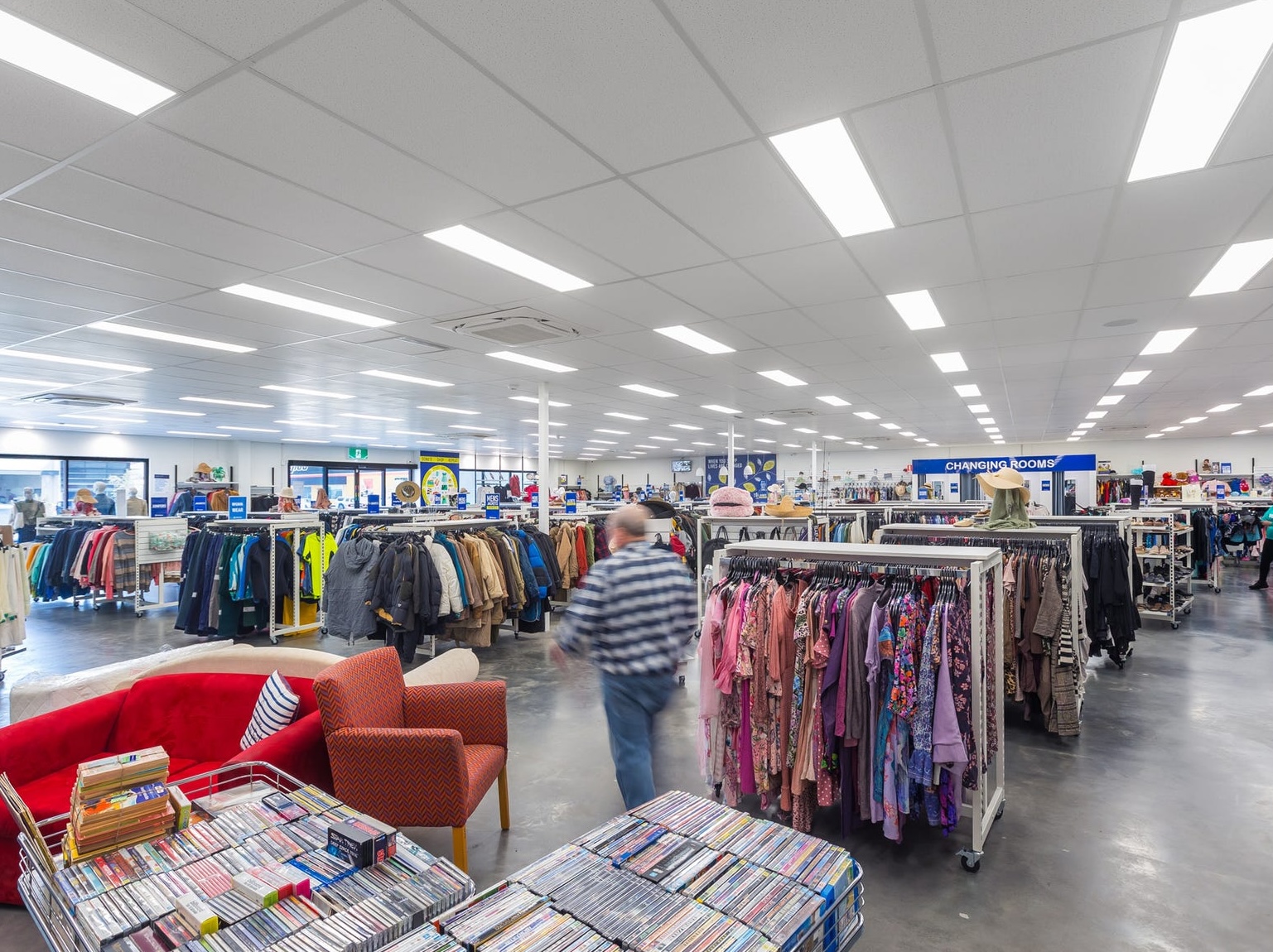
Vinnies plans to open six new Melbourne stores in 2026. Picture: realcommercial.com.au/sold
A new Vinnies is coming to Somerville in Victoria. Mr Harvey says they’re also looking to open six new stores in Melbourne in 2026. The aim is to keep op-shopping affordable and accessible to those who need it most.
“Our average price in store dropped from $4.46 in 2024 to $4.40 in 2025. We make sure we have a price point option for everyone,” he says.
“Whether your wallet is tight or not, we have tiered options from entry pricing to mid and special items. We have 5600 people pricing for us; and also have a discounting process which means if something doesn’t sell it makes its way to the 50% off rack and the $1 rack after that. Eventually it will find who is meant to get it.”

